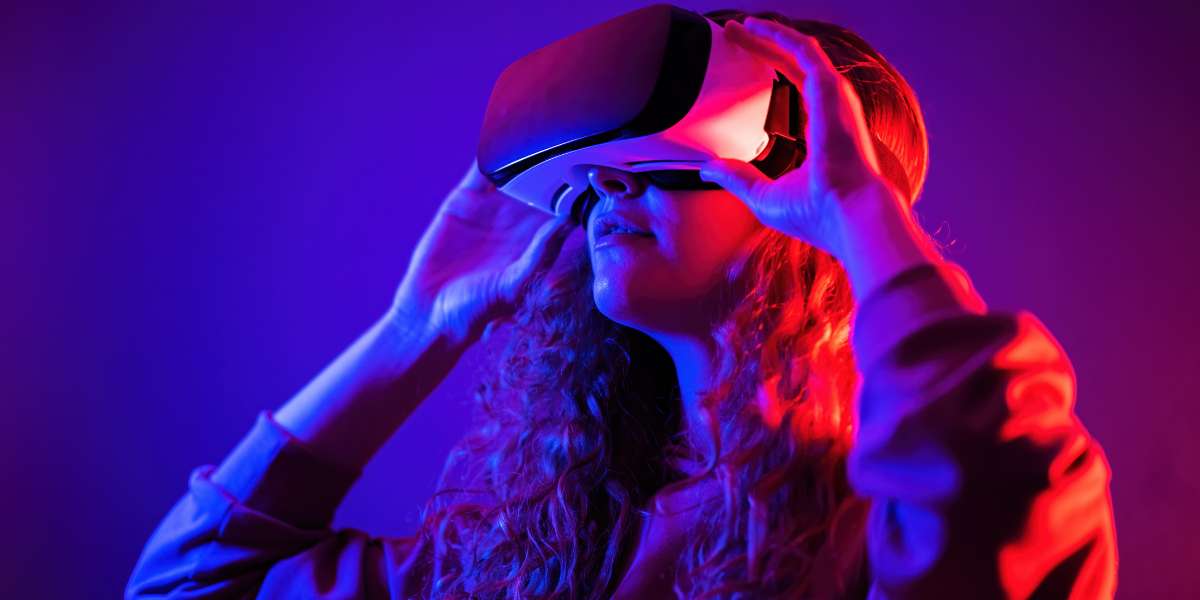In recent years, there has been a remarkable surge in innovations within the realm of sensory toys, specifically for individuals with Special Educational Needs (SEN). These advancements aim to provide a more inclusive and enriching experience for those with diverse sensory profiles, fostering engagement, development, and overall well-being.
Adaptability and Customisation:
One of the key developments is the emphasis on adaptability and customisation. Manufacturers are increasingly recognising the unique sensory preferences of individuals with SEN and designing toys that can be tailored to meet specific needs. This adaptability ensures that the toys can cater to a wide range of sensory sensitivities, providing a more personalised and effective experience.
Multi sensory Integration:
The latest sensory toys often focus on incorporating multiple sensory elements, allowing individuals to engage in a holistic sensory experience. These toys seamlessly integrate visual, auditory, tactile, and sometimes olfactory stimuli, providing a comprehensive sensory engagement that promotes cognitive development and enhances sensory processing skills.
Interactive Technology:
The integration of interactive technology has opened up new possibilities for sensory toys. Augmented reality (AR), virtual reality (VR), and interactive apps are being incorporated into toys to create immersive and dynamic sensory experiences. These technological features not only capture the attention of individuals with SEN but also facilitate learning and skill development in an engaging manner.
- Explore thousands of immersive experiences with…
- Turn any room into your own personal cinema. Dim…
- Have more fun with friends in Quest. Whether…
Inclusive Design:
Inclusivity is at the forefront of the latest sensory toy designs. Manufacturers are striving to create products that cater to a diverse range of abilities, ensuring that individuals with different types and levels of special educational needs can benefit. This includes considering factors such as motor skills, cognitive abilities, and communication needs to make the toys accessible and enjoyable for a broad audience.
Therapeutic Benefits:
Many contemporary sensory toys are developed with therapeutic intent. These toys are designed in collaboration with therapists and educators, aiming to address specific developmental goals or sensory challenges. The incorporation of therapeutic principles ensures that the toys not only entertain but also contribute to the overall well-being and development of individuals with SEN.
- Promotes Sensory Development – The crash pad is…
- All Purpose Crash Mat – Kids can use our crash pad…
- Ideal for Physical Therapy – Therapists use crash…
Sensory-Friendly Materials:
The choice of materials in sensory toys has evolved to accommodate various sensory sensitivities. Manufacturers are increasingly opting for soft, non-toxic, and hypoallergenic materials that are safe for all users. The texture, weight, and temperature of these materials are carefully considered to provide a comfortable and enjoyable tactile experience.
Conclusion:
The continuous evolution of sensory toys for individuals with Special Educational Needs reflects a growing commitment to inclusivity and personalised support. The innovations outlined above signify a positive shift toward creating products that not only entertain but also contribute meaningfully to the development and well-being of individuals with diverse sensory profiles. As technology continues to advance and our understanding of sensory needs deepens, we can expect even more exciting developments in the world of sensory toys for individuals with SEN.











